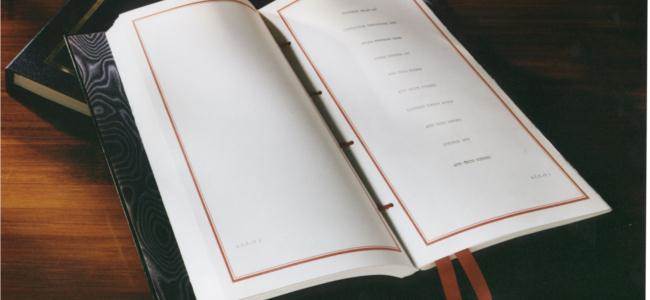- 1960: The European Free Trade Association (EFTA) is established by Norway, Austria, Denmark, Portugal, Sweden, Switzerland and the UK. EFTA is later expanded to include Iceland in 1970, Finland in 1986 (associate member from 1961) and Liechtenstein in 1991.
- 1961–67: Norway, Ireland, Denmark and the UK apply twice to join the European Economic Community (EEC), but the accession negotiations are suspended both times when French President Charles de Gaulle vetoes the UK’s membership application.
- 1969: The four countries’ membership applications are reactivated after the resignation of de Gaulle. Negotiations start in 1970.
- 1972: A majority of Norwegians (53.5%) vote against European Community (EC) accession in a referendum.
- 1992: The EEA Agreement is signed between the EFTA states and the EC. Switzerland rejects participation in the EEA by referendum, but remains a member of EFTA. Norway, Sweden, Finland and Austria apply for membership of the EU.
- 1994: The EEA Agreement enters into force on 1 January 1994. A majority of Norwegians (52.2%) reject EU membership in a referendum.
- 2001: The Schengen Convention enters into force for Norway and the other Nordic countries. All passport controls between Norway and the fourteen Schengen countries are abolished.
- 2004: The EU is enlarged to include 10 new member states. The EEA Enlargement Agreement establishes a European Economic Area consisting of 25 EU member states and the EEA EFTA states Norway, Iceland and Liechtenstein.
- 2010: The EU establishes its own foreign service, the European External Action Service (EEAS). In accordance with the Treaty of Lisbon, responsibility in the EU for coordinating EEA matters is moved from the European Commission to EEAS.
- 2014: The EEA is expanded to include Croatia, and now consists of 31 European countries.
- 2020: The United Kingdom formally withdraws from the European Union, thereby also bringing the total number of EEA members down to 30 countries.
